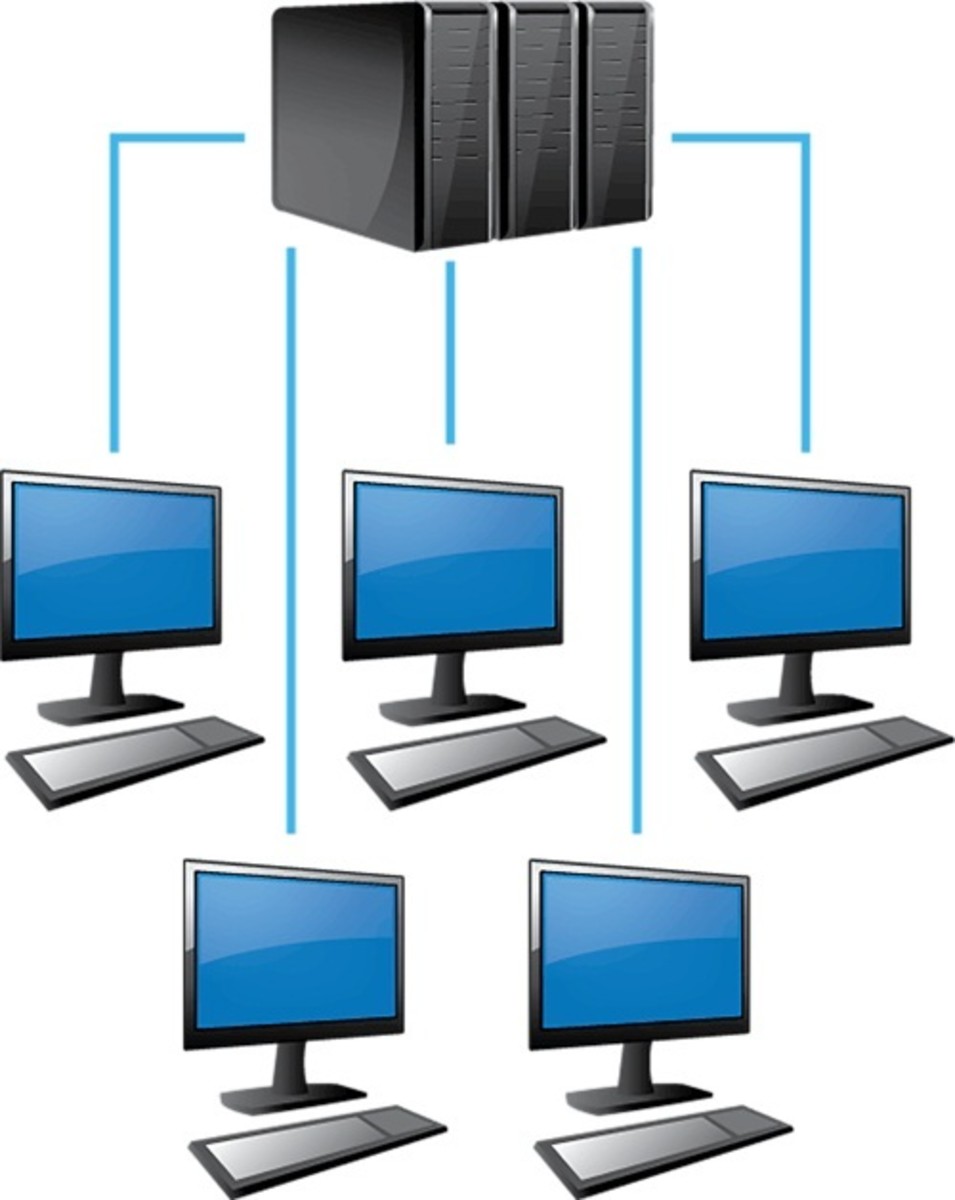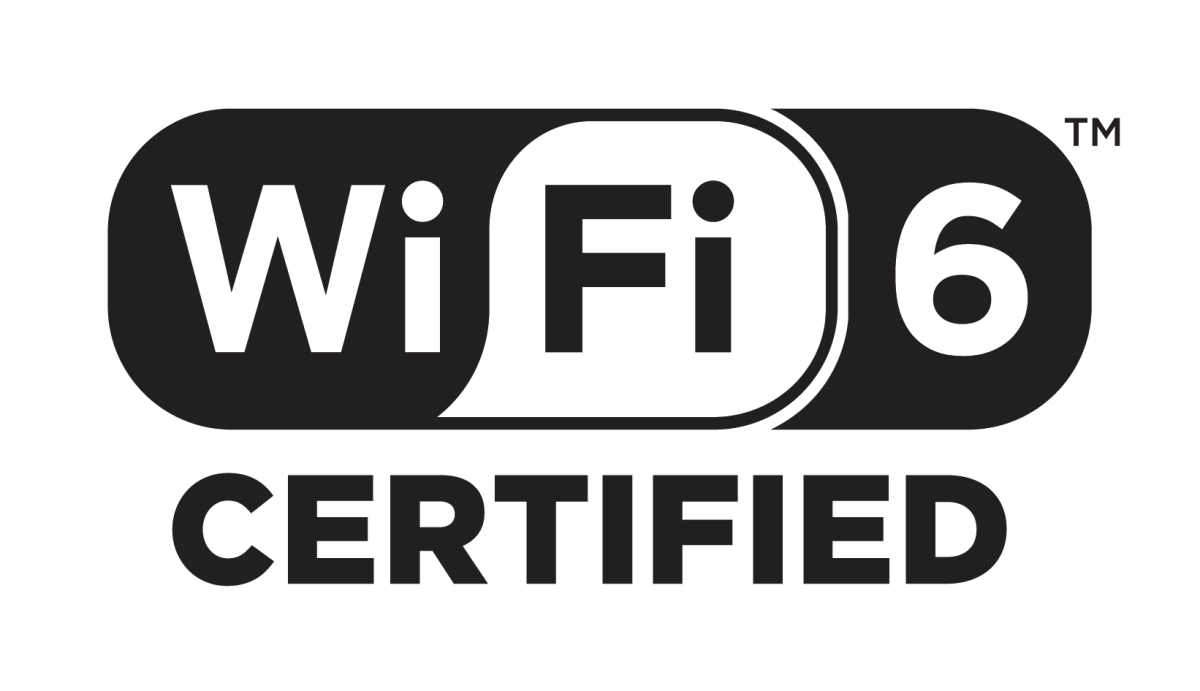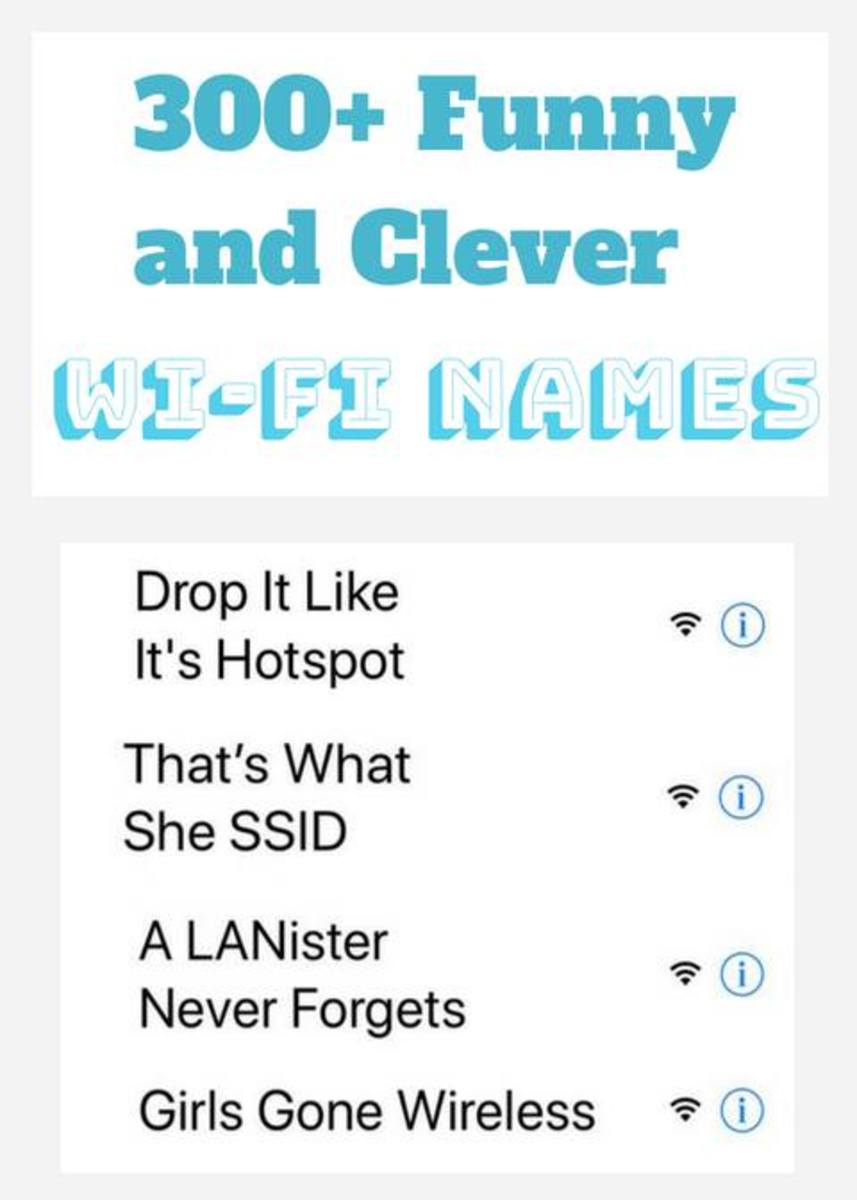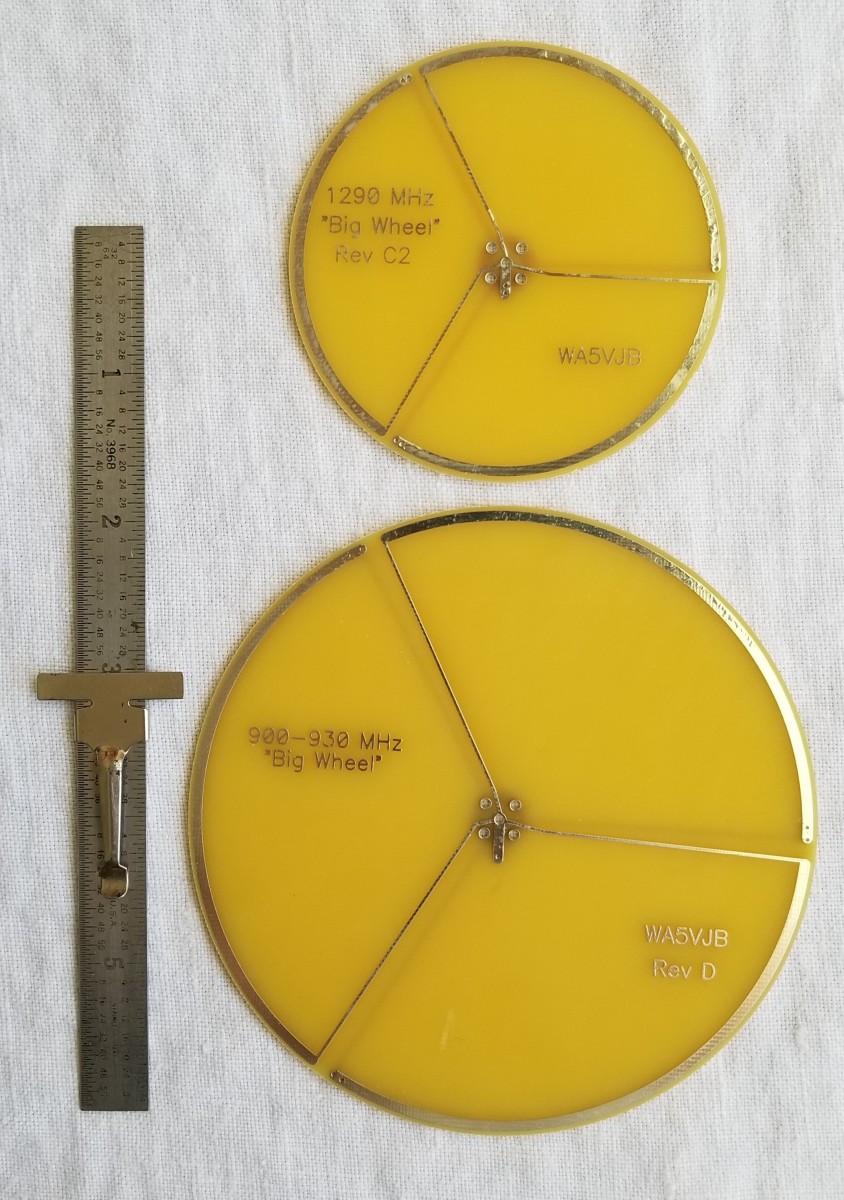An Introduction to 5G Technology
What Is 5G?
5G is simply short for fifth generation, referring to the fifth generation of cell phone network communications. 5G builds on the current 4G technology and forces a number of changes in hardware and frequency allocations in order to prevent problems.
How Does 5G Compare to 4G and 3G?
3G arrived in 2003 to the U.S. and had a minimum speed of 144 kilobytes per second though 400 kilobytes per second are the norm today. 3G networks on occasion can deliver 4 megabytes per second.
4G networks routinely deliver download speeds of 5 megabytes per second to twelve Mbps. Peak download speeds with 4G hit 50 MBps. 4G LTE or 4G long term evolution improves upon this and routinely performs above 12 Mbps. 4G LTE is also currently the most common form of broadband network across the U.S. 5G technologies build upon 4G LTE’s technology and standards. 5G networks offer download speeds of up to 10 gigabits per second.
5G Network Performance
4G networks have latency rates of 50 milliseconds. 5G networks have much lower latency times at around one millisecond. Latency rates matter most when the target is moving while exchanging data; the most important applications for this are live streaming, augmented reality and self-driving cars.
Enhanced Mobile Broadband (eMBB) per the IMT 2020 use case imagines peak data rates of 10 Gigabits per second. This is 100 times the data rates of 4G communications. This data rate will make ultra-high-capacity applications like 3D telepresence and wireless virtual reality possible.
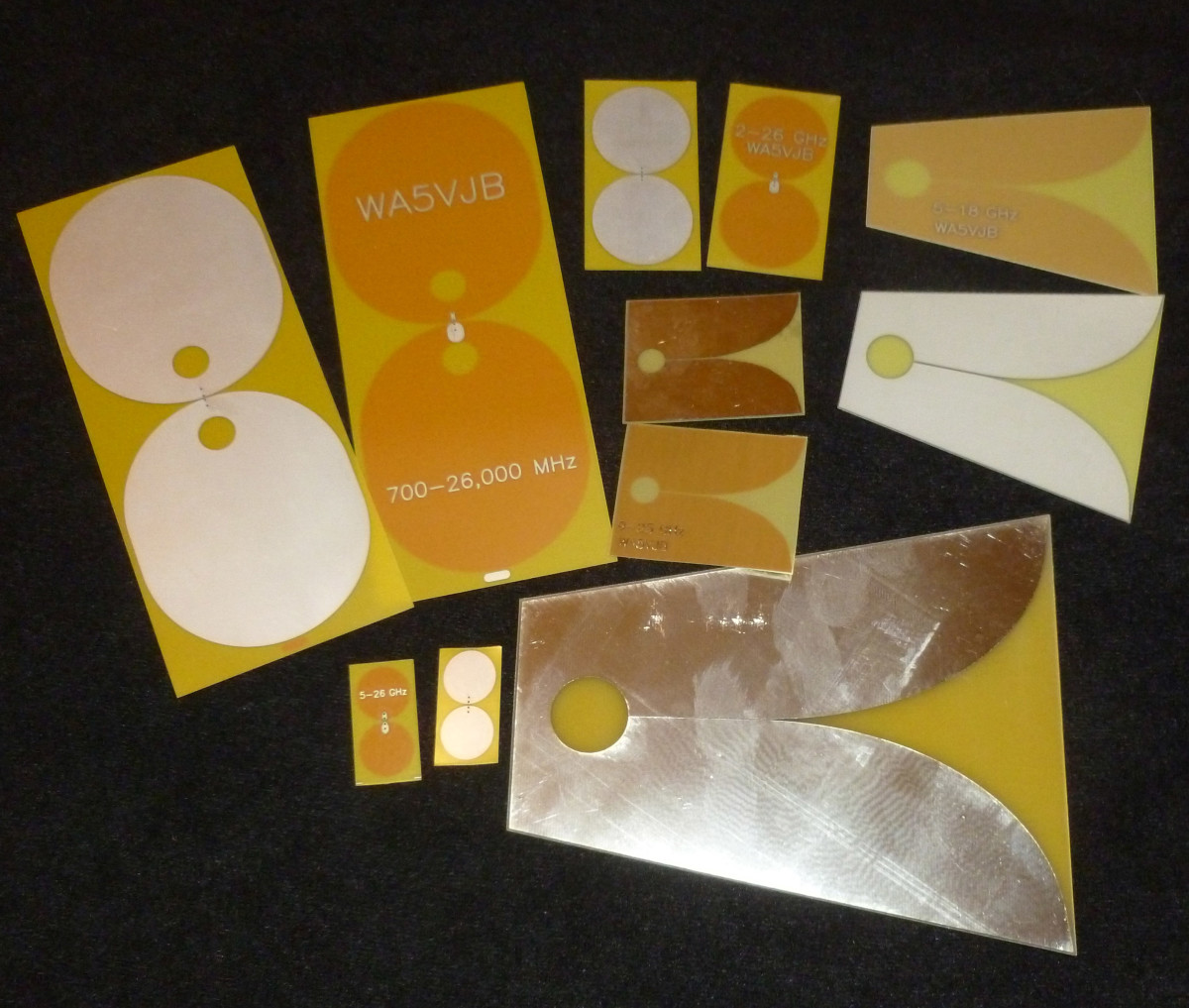
5G Antennas
5G refers to a way of packaging the data, not particularly a new frequency; therefore, it isn’t necessary per se for brand new antennas be installed in cell phone towers to work with 5G cell phones. The sheer demand for bandwidth, however, that high definition video, constantly connected devices and on demand HD downloads creates will force communication networks to install many more antennas to support 5G.
With broadband spectrum below 6 GHz fully allocated for by existing 3G and 4G communications, 5G networks by necessity will use spectrum above 6 GHz, especially the mmWave (millimeter wave) range. In contrast, 4G networks don’t regularly frequencies over 20 Mhz.
The frequencies over 6 GHz weren’t used for outdoor broadband applications before 5G due to high propagation loss, the serious risk of blockage due to buildings and signal absorption from rain drops and even pollution. The only major usage of these high frequencies today is streaming high resolution video outdoors like in-home media distribution and miracast. This means they have to use extremely high frequency antennas to support 5G. Therefore, many new 5G antennas will ultrawideband antennas or UWB antennas. Vivaldi antennas work well for frequencies above 10 Ghz.
The shorter communication range the higher frequency ranges 5G networks favor also requires installing more antennas to ensure that one is always in range, though these may be range extenders. And 5G antennas will primarily use frequencies that aren’t congested like the 2.5 GHz and 5 GHz public bands predominantly used for WiFi. Spectrum Frontiers’ told the FCC was to bring 3.85 GHz of licensed spectrum and 7 GHz of partially shared spectrum. It wants to use frequencies between 28 MHz to 71 MHz to use for 5G, as well. Note that many existing log periodic antennas already support these lower frequency ranges.
Will 5G Networks Make My 4G Phone Obsolete?
5G networks are required by industry standards to be backward compatible. This means that a 5G network must still let you use a 4G or 3G phone. However, you’ll need a 5G network to be able to download a movie to your tablet in the few minutes it takes to walk to the subway entrance so you can watch the movie while on the train.
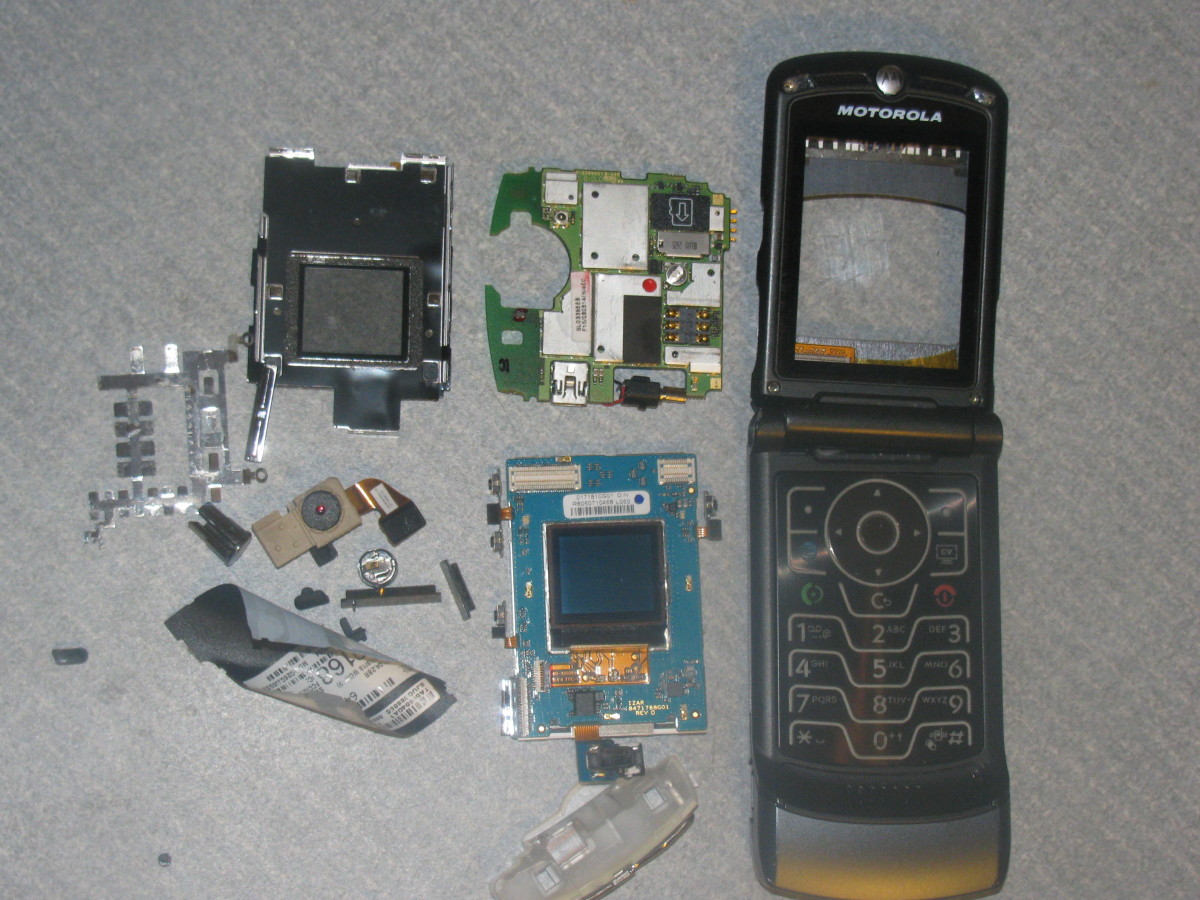
Will My Cell Phone Network Support 5G?
5G is not expected to be widespread in the U.S. until 2020. Expect the same roll-out pattern for 5G as was seen with 5G, showing up first in high density cities, along highways and tourist spots.
Cell phone companies are adding more antennas anyway to support growing demand. Adding more cell sites naturally adds more bandwidth. Twice as many cell sites are able to handle twice as much traffic, regardless of whether it is 3G or 5G. Until this new infrastructure is widespread, though, continue to see data streaming throttled once customers hit their data caps.
Summary
5G networks are necessary to meet the growing bandwidth demands of the internet of things, whether it is your health monitor collecting and reporting data, your children streaming the movie they are watching or neighbors streaming their view of the world via Periscope. Existing cell phone towers can handle the first 5G users as long as there is sufficient bandwidth, but supporting both the internet of things and 5G streaming media demands will require many more antennas to be installed and at a much greater density.

